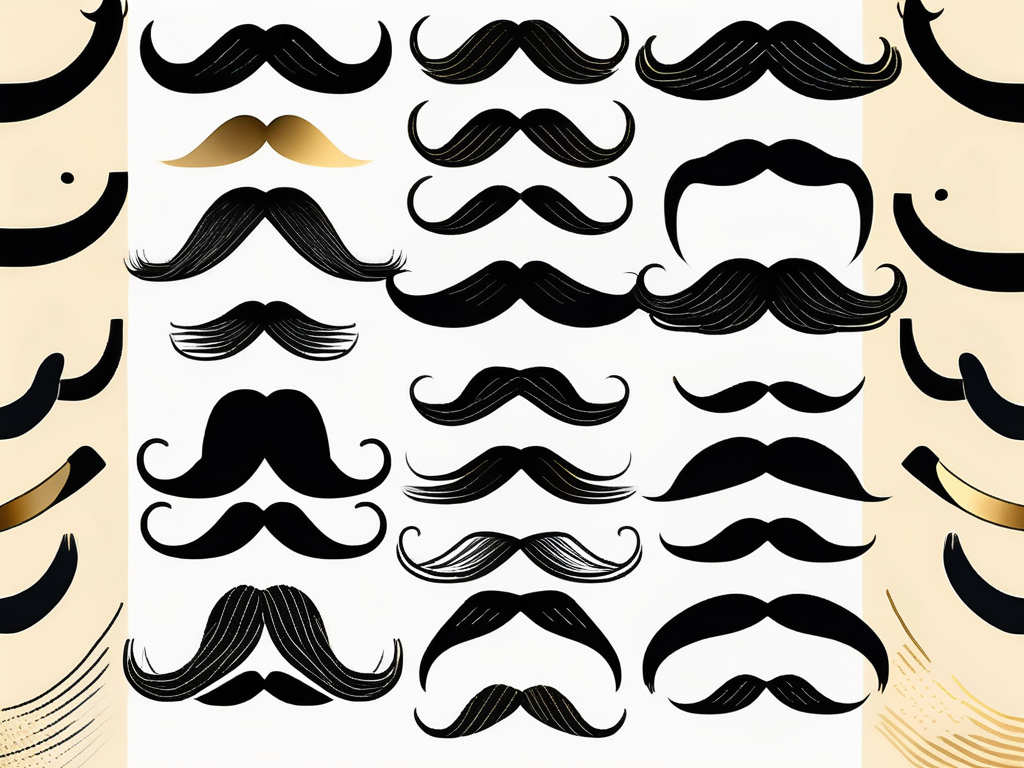Author: The Beard Struggle
Published at: Oct 11, 2024
Did you know that on average, facial hair grows about half an inch per month? This fascinating fact could leave you wondering just how much your facial hair grows in a single day.Facial hair growth is something many men wonder about, especially when trying to grow and maintain a beard.
The rate at which your beard grows can vary from person to person, depending on factors like genetics, hormones, and overall health. Some men may notice significant changes overnight, while others experience slower growth. In this article, we will explore:
On average, facial hair typically grows between 0.3 to 0.5 mm per day. It's essential to recognize that this can differ significantly from person to person.
Factors such as genetics, age, and overall health play a crucial role in determining how quickly facial hair grows. For instance, younger individuals often experience faster hair growth due to higher levels of hormones like testosterone, which stimulate hair follicles.

If you're keen on tracking your beard’s growth, here are some methods to consider:
Tracking growth allows you to adjust grooming techniques or consider products that may enhance your hair’s health and appearance. Additionally, being aware of your growth patterns can help you identify any potential issues, such as patchiness or slow growth, which may require attention or specialized treatments.
When comparing facial hair growth to scalp hair, you'll often find that scalp hair grows faster. On average, scalp hair can grow about 1 cm per month, which translates to approximately 0.4 to 0.5 mm per day. Why is this the case? Several reasons include:
Understanding these differences helps set realistic expectations for your beard while recognizing that each hair type is unique. Moreover, lifestyle choices such as diet and stress levels can also impact hair growth.
A balanced diet rich in vitamins and minerals, particularly B vitamins, zinc, and omega-3 fatty acids, can promote healthier hair growth, while high-stress levels may hinder it. Therefore, maintaining a healthy lifestyle is just as important as tracking growth rates.
As with any topic, facial hair growth is rife with myths that can lead to confusion. Here, we aim to debunk some of the most common beard myths.
Let's set the record straight on a few beard-related misconceptions:
These myths can lead to unproductive habits, so it’s essential to separate fact from fiction and make informed decisions about your grooming routine.
Many individuals find themselves caught in the cycle of trying various products or methods that promise miraculous results, only to be disappointed when they don’t see the changes they hoped for. Understanding the science behind hair growth can help you focus on what truly matters in your beard journey.
Now, let’s share some truths that every aspiring beardsman should know:
With these truths in mind, you'll be better equipped to manage your beard growth and development. Additionally, it's worth noting that the environment and lifestyle choices can also impact your facial hair.
Factors such as stress levels, sleep quality, and even hydration can play a significant role in how your beard looks and feels.
Incorporating a balanced diet rich in vitamins and minerals, particularly those known to support hair health—like biotin, vitamin E, and omega-3 fatty acids—can enhance not just growth but also the overall appearance of your facial hair.
Moreover, regular grooming and maintenance can make a world of difference. Trimming your beard to remove split ends and using quality beard balms can help keep your facial hair soft and manageable.
The ritual of grooming can also serve as a moment of self-care, allowing you to take pride in your appearance and express your personal style. By understanding these aspects, you can cultivate a beard that not only looks great but also reflects your individuality.
Want a fuller, healthier beard? Several strategies can promote healthy facial hair growth, making the journey feel less like a marathon and more like a breeze.

Your diet plays a crucial role in the health of your hair. Here are some vital nutrients:
By maintaining a balanced diet, you can support your hair's growth and overall health, helping you achieve that coveted beard. Additionally, incorporating omega-3 fatty acids found in fish, flaxseeds, and walnuts can enhance the health of your skin, which in turn creates a better environment for hair to grow.
Staying hydrated is equally important; drinking plenty of water helps keep your skin moisturized and supports the growth of healthy hair.
Effective grooming goes a long way in enabling healthy growth. Here are some grooming tips for better beard maintenance:
Incorporating these grooming habits not only improves the look of your beard but also contributes positively to its growth.
Moreover, consider using a beard brush or comb to help distribute natural oils evenly throughout your beard, which can prevent dryness and promote a healthier shine. Massaging your face while grooming can also stimulate blood flow to the hair follicles, further encouraging growth and thickness.
In conclusion, facial hair growth is a fascinating journey that varies from person to person. By understanding the basics and dispelling myths, you can make informed choices that will help you grow a healthy, full beard.
Your beard is a symbol of strength—keep it at its finest with The Beard Struggle's legendary grooming products.

10 Beard Care Mistakes A Viking Should Never Make
Register now to receive 10 exclusive tips straight to your inbox.
Comments